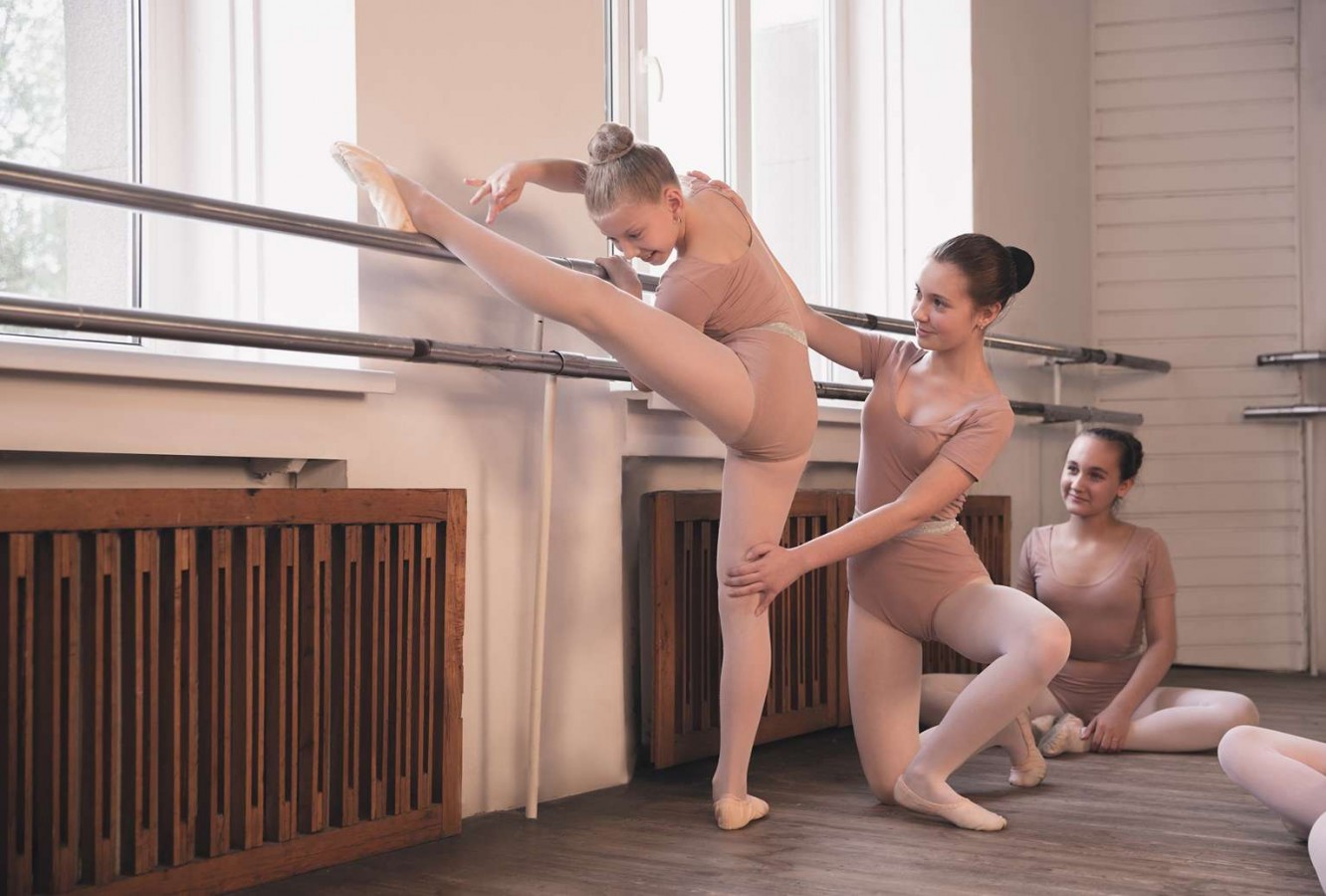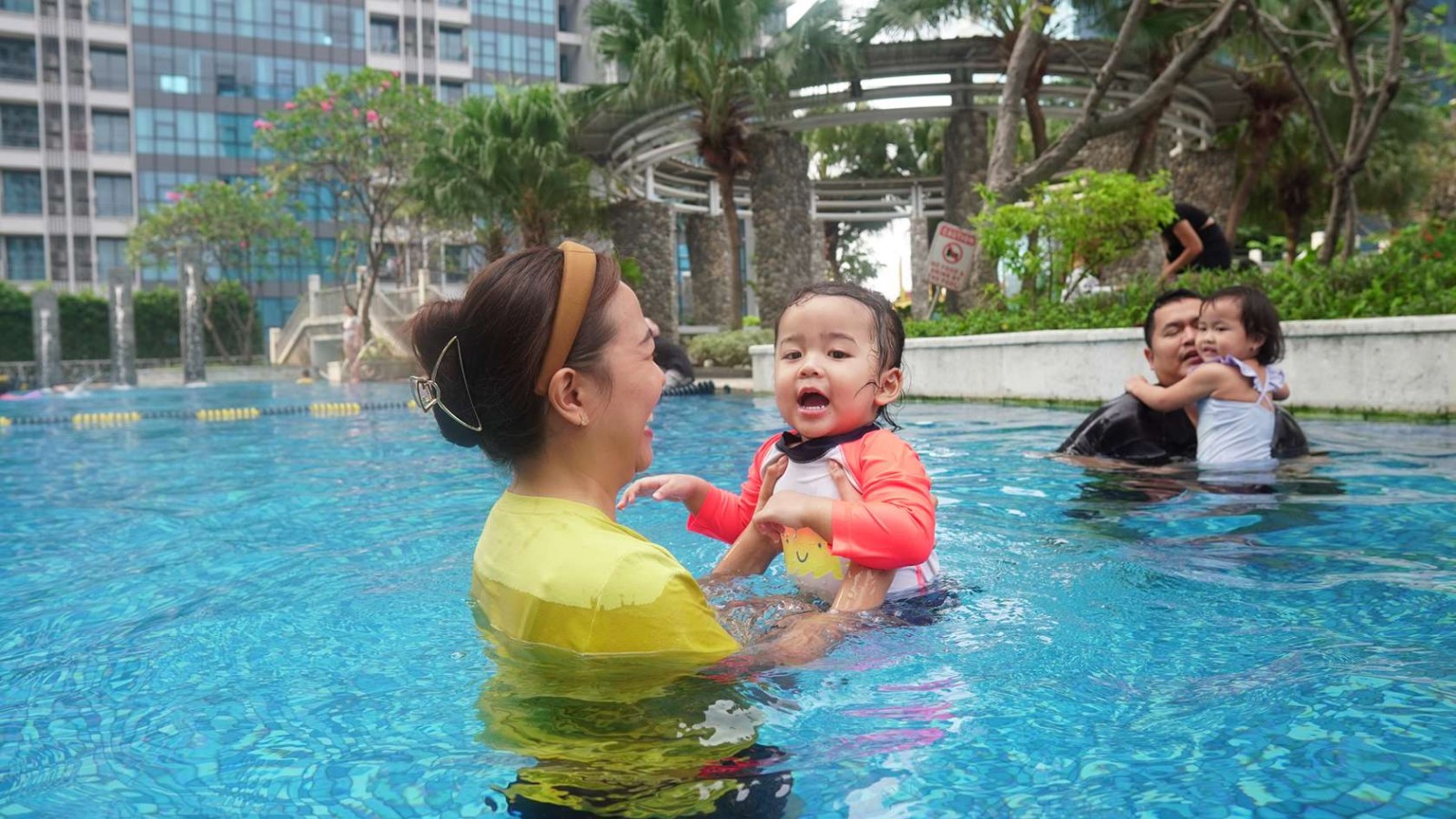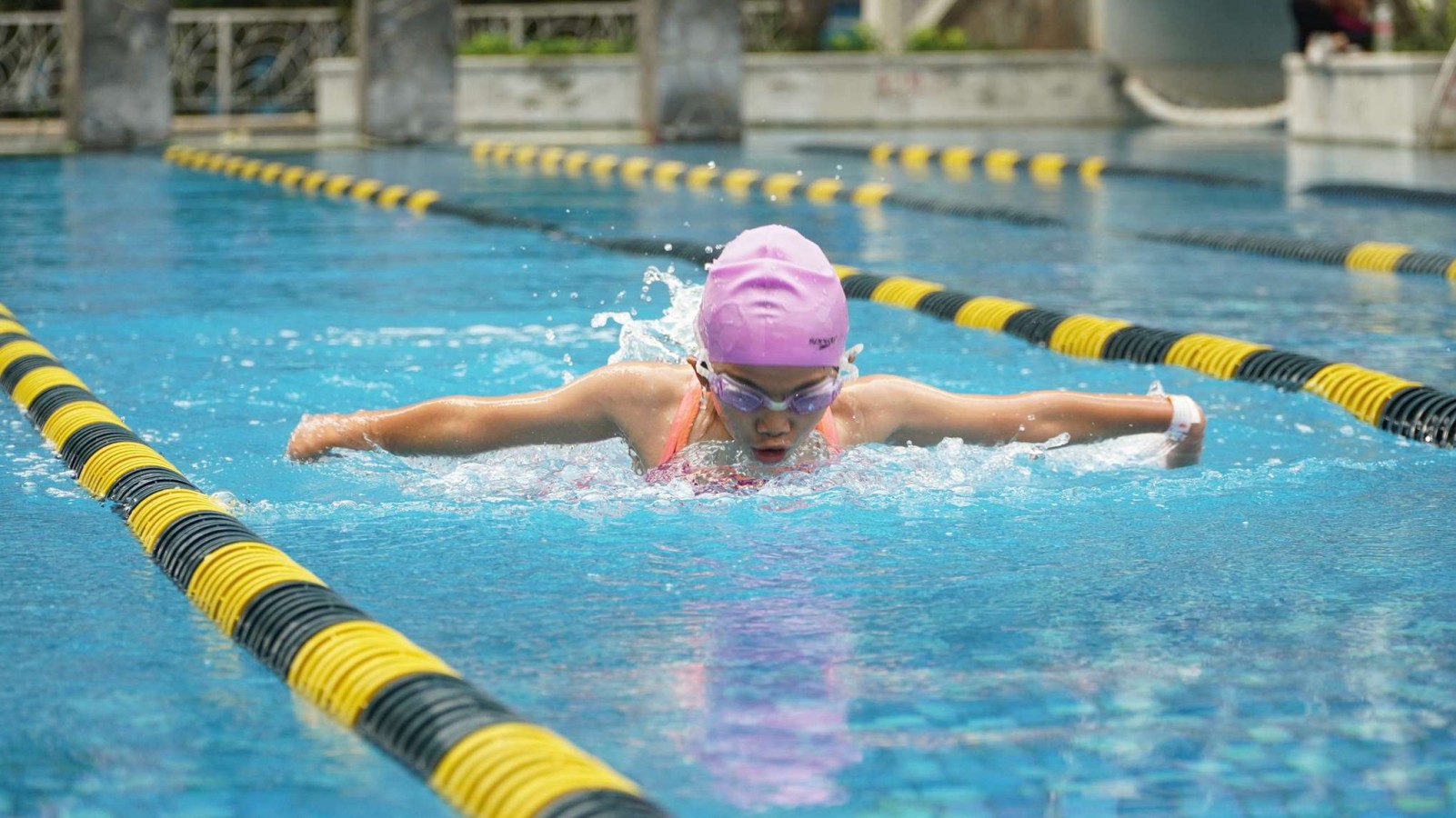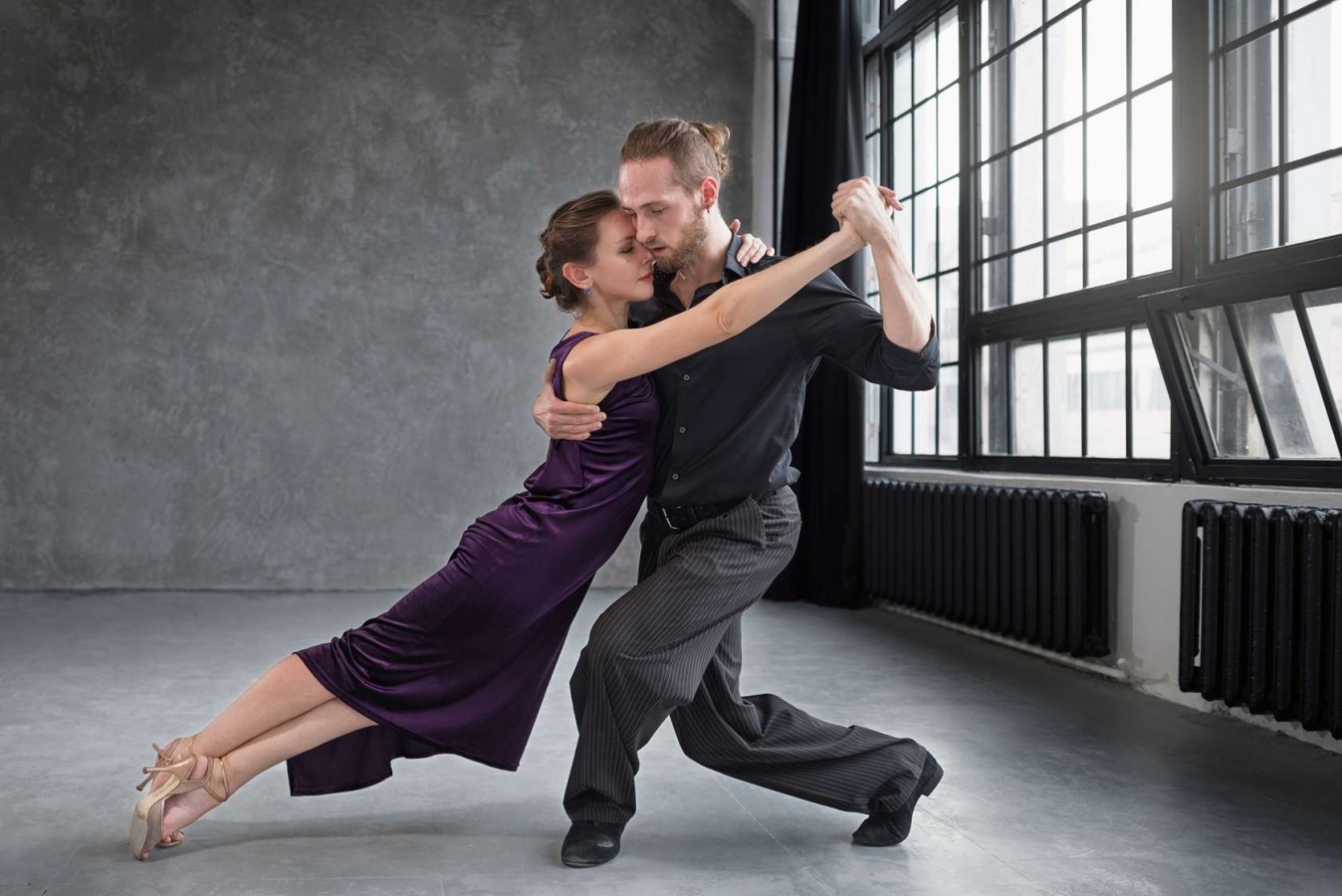Ballet Stretches: A Guide and The Benefits Behind Them

Ballet is a dance form that requires strength, flexibility, and precision. One crucial aspect of ballet training is the incorporation of ballet stretches.
These stretches play a vital role in enhancing flexibility, preventing injuries, and improving overall performance. In this guide, we will delve into the importance of ballet stretches and the numerous benefits they offer to dancers.
What is Stretching?
Stretching refers to a series of deliberate and controlled movements designed to elongate and improve the flexibility of muscles and joints. In ballet, stretching is an essential component of training that plays a crucial role in preparing the body for the physical demands of dance.
These stretching exercises are carefully selected to target specific muscle groups and areas of the body, ensuring that dancers develop the flexibility required for the graceful and fluid movements characteristic of ballet.
Dancers typically incorporate stretching into their daily practice routines, both before and after dance sessions, to ensure that their bodies are adequately prepared for the demands of ballet and to promote long-term physical well-being in their dance careers.
Why Stretching Before Ballet is Important?
Stretching before dancing ballet is crucial for optimal performance and injury prevention. Ballet demands a high level of flexibility and range of motion, and pre-dance stretching prepares the muscles and joints for these demands.
It increases muscle elasticity, reducing the risk of strains and injuries during dynamic movements. Stretching also enhances body awareness and posture, ensuring dancers achieve the grace and precision required.
Improved blood circulation during stretching delivers vital nutrients to muscles, reducing fatigue. Overall, this routine ensures dancers are physically ready, reducing the likelihood of injuries and enhancing the quality and fluidity of their ballet performance.
10 Ballet Stretches You Have to Try
Ballet stretches involve a variety of exercises that target different muscle groups to improve flexibility and prepare the body for the demands of dance. Here are some examples of common ballet stretches:
1. Rotating Stomach Stretch
The Rotating Stomach Stretch is an effective exercise for enhancing flexibility in the shoulders and upper back. By lying face down and engaging in a controlled rotation of the shoulders, dancers target the muscles surrounding the spine.
This stretch helps improve the range of motion in the upper body, promoting graceful movements in ballet routines. It also aids in developing core strength, essential for maintaining stability during various dance positions and turns.
2. Standing High-leg Bent Knee Hamstring Stretch
This stretch involves standing with one foot raised onto a table or barre, keeping the leg bent, and leaning the chest into the bent knee. It primarily targets the hamstrings, promoting flexibility in the back of the thighs.
The benefits include an improved range of motion for leg extensions, arabesques, and other leg-centric movements in ballet. This stretch also helps prevent hamstring injuries by preparing the muscles for the demands of dynamic dance.
3. Kneeling Heel-down Calf and Achilles Stretch
By kneeling on one foot and leaning forward, keeping the heel on the ground, this stretch focuses on the calf and Achilles tendon. It enhances ankle flexibility, crucial for movements like rises and relevés in ballet. This stretch aids in preventing calf strains and supports overall ankle health in dancers.
4. Barre Hamstring Stretches
Barre hamstring stretches involve using the ballet barre for support while extending one leg forward, targeting the hamstrings. These stretches aid in improving leg extension, flexibility, and strength in the hamstrings, preparing the legs for grand battements and other leg-intensive movements in ballet.
5. Tendus
Tendus are a series of exercises where the dancer points and stretches the working leg in different directions while maintaining contact with the floor.
This stretch enhances flexibility in the ankles, feet, and legs, preparing them for intricate footwork and quick transitions between positions in ballet.
Tendus also helps develop strong, articulate feet, contributing to the overall aesthetic of a dancer's lines and movements.
6. Lunges
Lunges are a fundamental ballet stretch that targets the muscles in the legs, hips, and lower back. Dancers perform lunges by stepping forward with one foot while keeping the back leg extended behind them.
This stretch helps improve flexibility in the hip flexors, quadriceps, and hamstrings. Lunges also contribute to better balance and stability, essential for executing precise ballet movements.
7. Standing Quad Stretch
The standing quad stretch focuses on the quadriceps, the muscles at the front of the thigh. Dancers lift one foot toward their buttocks, holding the ankle and gently pulling it closer.
This stretch enhances the flexibility of the quadriceps and improves the range of motion in the knee joint. Additionally, it aids in maintaining proper leg extension during movements like développé and grand battement.
8. Kneeling Quad Stretch
Kneeling quad stretches provide a deeper stretch for the quadriceps. Dancers start by kneeling on one knee and bring the other foot behind them, holding the ankle and gently pulling it toward the buttocks.
This stretch increases flexibility in the quadriceps and also engages the hip flexors. It is particularly beneficial for achieving the high leg extensions required in ballet.
9. Front Split
The front split is a classic ballet stretch that targets the muscles in the legs, hips, and groin. Dancers extend one leg forward and the other backward, creating a line with the hips squared.
This stretch significantly improves flexibility in the hamstrings, quadriceps, and hip flexors. Front splits are essential for achieving the elongated lines and graceful extensions characteristic of ballet movements, such as arabesques and penchés.
10. Plie Stretch
The plie stretch involves bending the knees while keeping the heels on the ground, targeting the quadriceps and hamstrings. This stretch enhances flexibility in the legs and helps develop strength in the lower body, contributing to the fluidity and precision of movements in ballet.
Elevate Your Dance, Embrace the Stretch!
In the world of ballet, where precision, strength, and flexibility are paramount, incorporating ballet stretches into daily training routines is indispensable. These stretches not only contribute to the aesthetic quality of movements but also play a pivotal role in maintaining the health and longevity of a dancer's career.
Curious to explore the enchanting world of dance? Why not seize the opportunity with Rockstar Academy's ballet class? As a renowned Sports & Performing Arts Academy, Rockstar offers an immersive ballet experience that goes beyond just dance, it's an artistic journey.
As parents, enrolling your children in Rockstar's ballet program not only offers access to top-tier instruction but also opens doors to a myriad of opportunities for growth and development.
From participating in prestigious events like the Activity Elite Championships and RAD Ballet Testing to showcasing their talents in Ballet & Contemporary Dance Recitals, Rockstar Academy provides a comprehensive platform for aspiring dancers to excel. These competitions instill values of discipline, sportsmanship, and resilience, fostering holistic development beyond the dance floor.
Moreover, Rockstar Academy extends a warm invitation with complimentary trial ballet classes, welcoming all who aspire to explore the world of ballet. For those intrigued, reach out to Rockstar Academy today and step into a world where every plie and pirouette feels like pure magic!
FAQ
What do you stretch in ballet?
In ballet, stretches primarily target muscles and joints essential for dance movements. Common areas include legs (quadriceps, hamstrings), hips, spine, shoulders, and ankles.
How can I get flexible fast for ballet?
Consistent, targeted stretching exercises and daily practice will help you improve flexibility quickly for ballet.



